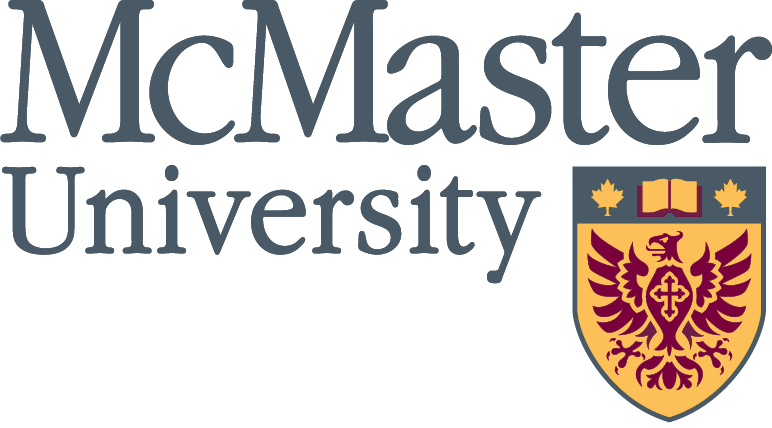Top 3 Tips: Linking how you think to how you lead
Contributed by Teal McAteer, Associate Professor, Human Resources and Management
 Teal McAteer shares her research on linking how you think to how you lead.
Teal McAteer shares her research on linking how you think to how you lead.
 Required leader behaviours for today’s work and non-work environments
Required leader behaviours for today’s work and non-work environments
Being a leader in both our personal and professional lives, means demonstrating a number of required behaviours. These include demonstrating purpose/values driven strategies; situational sensing and knowing when to use transformational and transactional styles; developing and exercising high levels of emotional intelligence, cultural intelligence and diversity management; chaos management and being able to cope with many moving parts; change embracing; conflict and stress management; choosing to be authentic; using conscious leadership approaches where decisions are made from the inside out; and able to build synergistic and high-performance teams. Participants will gain a complete understanding of these necessary behaviours and styles.
Ideal leader thinking styles that produce required leader behaviours
A common and traditional strategy in leadership development is to focus on specific skill enhancing areas through one or multi-day training sessions. Unless the foundation, and in particular, thinking styles are assessed, understood, and corrected, old patterns of behaviour will return regardless of the number and depth of skill training attempts. Leaders must recognize, acknowledge and voluntarily make transformative shifts in their way of thinking in order to produce the leader behaviours required today, in both personal and professional decision-making. Participants will learn about twelve specific thinking styles that produce effective and ineffective behaviours.
Action planning components necessary to make change in thinking and resultant behaviours
Change requires identification of both current and desired states, as well as specific implementation steps to close the gap between the two. All too often, intended changes don’t materialize – a repeated “knowing-doing” gap – much like New Year’s resolutions. In order to increase the probability of change, developing leaders must articulate an overarching leadership vision, set goals, establish action steps with specific time lines, engage the help of significant others in their plan, identify potential barriers, design contingencies, and pre-set rewards for progress milestones. Participants will learn the why and how of action planning to support intended change in thinking styles leading to more effective leader behaviours.

Comment Policy
We generally welcome discussion on our blog posts. However, we reserve the right to edit or delete comments in certain situations:
This site is moderated by the DeGroote Marketing and Community Engagement team. If you have any questions please email Katie Almas.